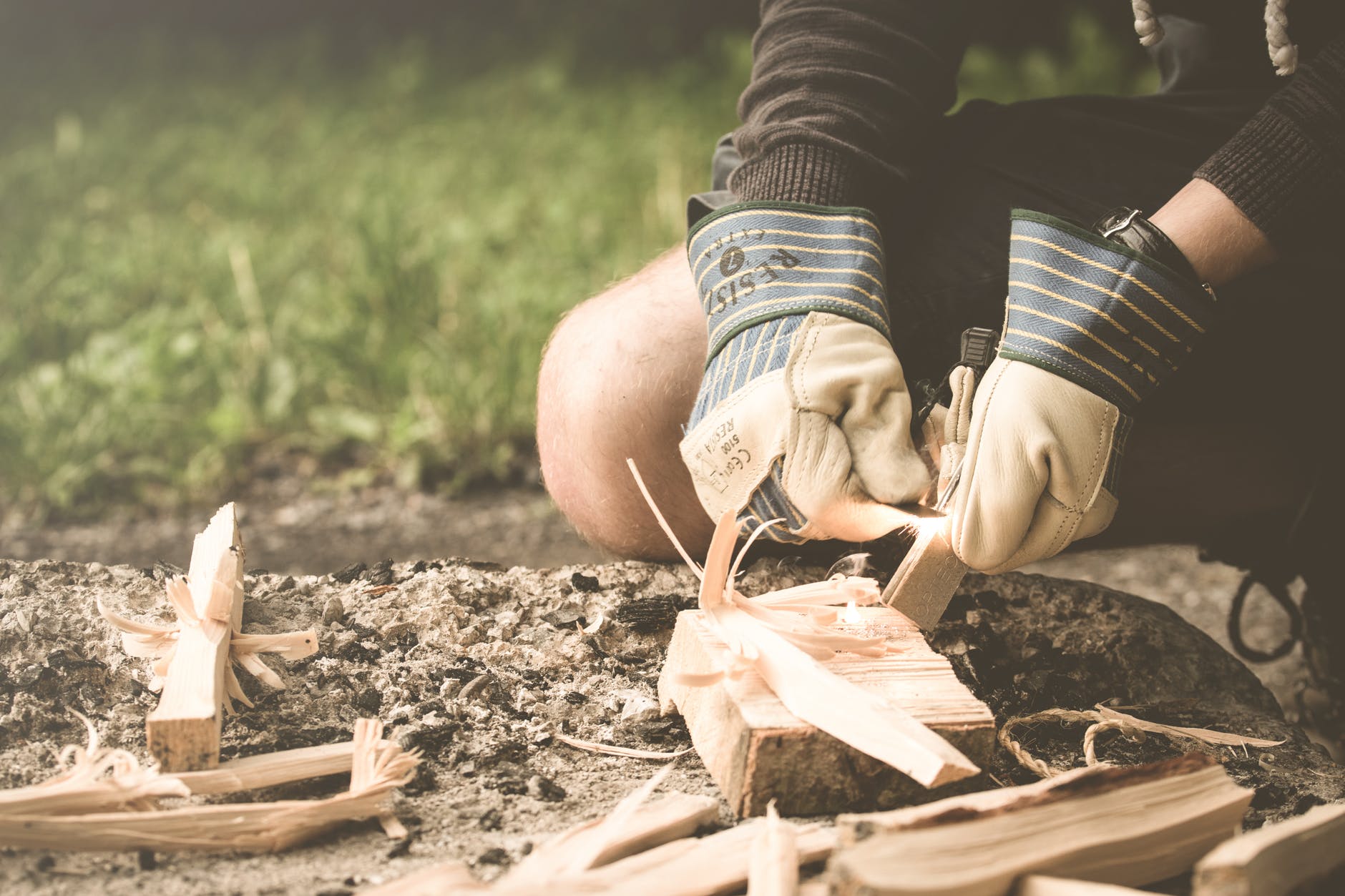Time has always played a critical factor in an emergency because it could mean saving another’s life when disasters strike. Hence, choosing a reliable watch is important since you could select additional watch functions that suits your surroundings increasing your chances of survival when bugging out.
Of course, buying a suitable survival watch isn’t that straightforward. In fact, there are comprehensive guides which you can check out before making your purchase decision. We have one such review at The Survival Hacks which reviews the best survival watch when bugging out. As with most comprehensive guides, the guide will look at several important factors including durability, power, technology, size and display quality. All of these factors will culminate to helping you choose the best survival watch.
There are multiple criteria you would need to consider when selecting your survival watch. To make things easier, the rule of thumb when purchasing a tactical watch boils down to the acronym PAWWS.
What is PAWWS?
1. Power
The obvious choice for powering your watch is to go for the renewable and clean solar power. With lithium-ion battery powered watches, you would not have to worry about running out of power anytime soon.
In fact, solar powered watch has become more common these days compared to the classic lithium battery or winding watch. These solar powered watches can last for at least a decade before you would need a replacement, and some could even retain over 80% of the battery power after being kept inside a dark room for 20 years. For more information on solar watches, you can read our article on the 5 Ways Solar Watches are Superior to Quartz Watches.
2. ABC Technology
ABC here stands for Altimeter, Barometer and Compass. Having all three functions in your survival watch would give you an edge in a survival situation. An altimeter shows your current altitude from sea level as well as elevation changes in case you got lost when hiking.
A barometer provides you with useful atmospheric pressure reading that helps you predict the rain when the atmospheric pressure drops rapidly. The barometer would also be particularly useful in planning your outdoor activities such as fishing and hunting since it also affects how well fish bite and deer move. There are also watches that provides triple sensor with tide and moon graph that are useful for fishing activities.
Lastly, a compass is a non-negotiable function for a survival watch so you can navigate your directions in the outdoors. Identifying the right direction towards your safe house is critical in a survival situation and is even more so when you have limited amount of food supplies so getting lost in the woods would drastically reduce your chances of survival.
3. Water-resistant
Whether is it raining or crossing the river, exposing your survival watch to water has become inevitable especially in a survival situation. For a tactical watch, the minimum water resistance rating recommended is 10 atm or 100m. With this rating, it is suitable for water sports, sailing, snorkelling and swimming so you would not have to worry about the watch going bust when you most needed it.
If you plan to bring the watch for diving, you would need a water resistance rating of at least 20 atm or 200m for professional marine activity or skin diving. ISO 6425 certified watches are suitable for scuba diving. These watches have additional requirement for divers as it is equipped with a diving time indicator such as a rotating bezel, chemical resistance and adequate readability in total darkness.
4. Warranty
Buying watches from reputable brand with manufacturer’s warranty could potentially pay off in the long run. Responsible manufactures would be transparent about the cost of a getting a replacement component for your time piece and sometimes even offer to replace some parts of the watch for free.
A common replacement part for your survival watch would be the straps. Straps come in different material such as leather, silicone, rubber or nylon. Some manufactures do provide it for free making the overall purchase experience excellent and hastle-free while others do charge a fee. Alternatively, you could also make a watch strap out of paracord that can be commonly found in a survival kit.
5. Shock-resistant
When you are out in the woods, having a durable watch that is both scratch and shock-resistant would be a critical factor. If you fall while wearing the watch, a shock-proof watch would have additional spring system that holds the balance wheel in place. The last thing you need is a survival watch that cannot tell you the time in an emergency.
A shock resistant rating watch has a common mark stamped on the back of the watch to indicate its capacity to deal with shocks. Watches with ISO 1413 means that the watch can take a 1m fall to a horizontal hardwood surface and would still be functioning normally with minimal damages.
To conclude, PAWWS stands for power, ABC technology, water-resistance, warranty and shock-resistance. These are the five things you will need to consider when buying your survival watch. Hopefully this buying guide would be useful to you when you are selecting your valuable time piece that accompanies you for many years to come.
